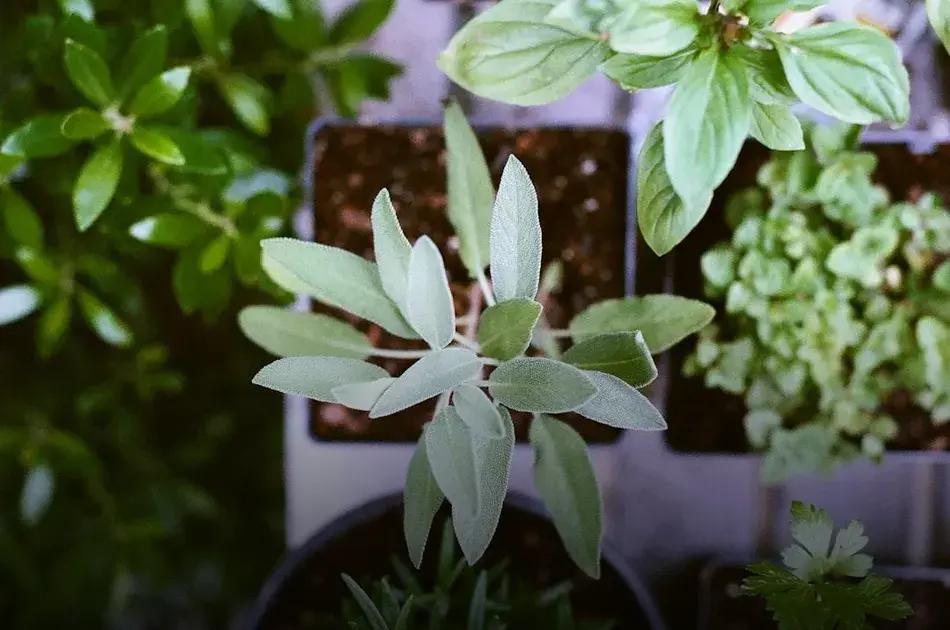Planting bulbs at the right time and in the correct way ensures maximum blooms. With the right knowledge, you can transform your garden into a vibrant oasis. In this guide, we’ll explore the best practices for choosing, planting, and maintaining bulb plants. Let’s dive into the details to unlock the full potential of your garden.
Choosing the Right Bulbs for Your Garden
Choosing the right bulbs for your garden is essential to ensure a vibrant bloom. When selecting bulbs, consider the climate in your area as well as the season in which you want them to bloom. Bulbs such as tulips, daffodils, and hyacinths are popular choices for spring, while alliums and lilies can add diversity to summer gardens.
Look for bulbs that are firm and free of mold. This indicates they are healthy and ready to plant. If you’re seeking continuous blooms, choose a mixture of early, mid, and late bloomers. Consider color coordination and growth height to create a visually appealing display.
It’s also important to determine whether you want to grow perennial bulbs, which come back year after year, or annuals that you may need to replant each year. Balancing both can give your garden continuous life and variety.
Bulbs require specific conditions to thrive, so read up on what each type needs regarding sunlight, water, and soil. For example, crocuses thrive in full sunlight, while snowdrops prefer the shade. This research ensures that you can provide the right environment for each bulb type.
Finally, ensure the bulbs you choose are compatible with your local wildlife. Some bulbs may attract unwanted pests, while others, like daffodils, are deer-resistant.
Understanding the characteristics and needs of each bulb type allows you to create a stunning and diverse garden. Thoughtful planning and selection reflect positively in the vibrant blooms that will reward your efforts.
Optimal Planting Times for Each Bulb Type

Timing is crucial when planting bulbs to ensure they bloom beautifully in spring or summer. Different bulb types have distinct optimal planting windows:
Spring-Blooming Bulbs
These bulbs, such as tulips and daffodils, should be planted in the fall when the soil temperature is consistently below 60°F (15°C).
- Tulips: Plant them from September to December, depending on your climate zone.
- Daffodils: Ideal planting occurs from mid-September to November.
Summer-Blooming Bulbs
These bulbs, including lilies and gladiolus, require planting in spring after the last frost.
- Lilies: Plant in early spring for a mid-summer bloom.
- Gladiolus: Best planted every few weeks from mid-spring onwards for continuous blooming.
Autumn-Blooming Bulbs
Certain bulbs, such as autumn crocus, need a summer planting.
- Autumn Crocus: Plant them by late summer, ensuring they’re in well-drained soil for vibrant autumn displays.
Tropical Bulbs
These bulbs, like caladiums and begonias, thrive when planted in warmer soil in late spring.
- Caladiums: Wait until the soil has warmed up above 70°F (21°C).
- Begonias: These do best when planted after any chance of frost has passed.
Understanding and adhering to these planting times will ensure your bulbs have the best chance to grow strong and produce stunning blooms.
Preparing Your Garden for Planting
Soil Preparation: Begin by ensuring your soil is in top condition. Till the soil to a depth of at least 12 inches to allow roots to spread easily. Remove any weeds, rocks, or debris that could hinder bulb growth. Mix in organic compost to improve soil fertility and drainage.
Testing Soil pH: Use a soil pH test kit to check if your garden has the right balance. Most bulbs thrive in slightly acidic to neutral soils with a pH range of 6.0 to 7.0. If needed, adjust the pH using lime to raise it or sulfur to lower it.
Amend the Soil: Bulbs need nutrient-rich soil. Add bone meal or a slow-release bulb fertilizer according to package directions to give your bulbs the nutrients they need for strong growth.
Arranging the Planting Area:
Lay out your planting scheme before digging. Remember to consider the mature size of each plant. This planning helps to avoid overcrowding and ensures that each bulb has sufficient space for light and air circulation.
Drainage Considerations: Adequate drainage is crucial. Bulbs should not sit in waterlogged soil. If your garden has poor drainage, consider building raised beds or adding sand to improve it. This step prevents bulb rot and encourages vibrant blooming.
Step-by-Step Guide on How to Plant Bulbs

- Gather Your Materials: Before beginning, ensure you have all necessary tools and materials: bulbs, a trowel or bulb planter, compost or bulb fertilizer, mulch, and water.
- Choose the Right Spot: Find a location in your garden that suits the sunlight needs of the bulbs you’re planting. Most bulbs prefer full sun or partial shade.
- Prepare the Soil: Loosen the soil in the planting area to a depth of at least 12 inches (30 cm). Incorporate compost or bulb fertilizer to enrich the soil.
- Dig the Holes: Use the trowel to dig holes that are approximately two to three times the height of the bulb. Space the holes according to the planting instructions for each type of bulb.
- Plant the Bulbs: Place each bulb in a hole with the pointed end facing up. This is crucial for the sprout to easily find its way to the surface.
- Cover and Water: Gently cover the bulbs with soil and pat down lightly to eliminate air pockets. Water the area thoroughly to help the bulbs settle.
- Mulch the Area: Apply a layer of mulch to retain moisture and regulate soil temperature. This step is especially important in colder climates.
- Label Your Plantings: For organized gardening, label where and what you’ve planted to prevent disturbance later.
Caring for Your Bulbs After Planting
Once you’ve planted your bulbs, the next step is to ensure their wellbeing as they develop. Proper aftercare can make the difference between blooms that flourish and those that falter.
Watering
Initially, it’s crucial to water your bulbs thoroughly after planting. This helps them settle into the soil and begin the rooting process. Consistent moisture is important, but be careful not to overwater, as this can lead to rot. Use the finger test: if the top inch of soil is dry, it’s time to water.
Mulching
Adding a layer of mulch over your bulbs can help retain moisture and regulate soil temperature. This is especially important in climates with fluctuating temperatures. Use organic mulch like shredded leaves or straw, which will also decompose and enrich the soil.
Fertilizing
While most bulbs contain their own initial nutrients, giving them a boost can enhance growth. Apply a balanced slow-release fertilizer designed for bulbs once foliage appears. This feeds the plants for several months without causing rapid, soft growth.
Weeding
Keep the area around your bulbs free from weeds. Weeds compete for water and nutrients, potentially stunting the growth of your bulbs. Regular scouting and gentle hand-weeding or shallow hoeing can prevent this problem.
Pest and Disease Management
Bulbs can be vulnerable to certain pests such as slugs, snails, and rodents. Utilize safe pest control methods like traps or organic deterrents. Monitor for disease indicated by wilting or discoloration, and promptly remove affected plants to prevent spread.
Dealing with Flowering and Foliage
After your bulbs have finished blooming, leave the foliage intact until it turns yellow and dies back naturally. This process allows the bulb to store energy for the next flowering season. Avoid cutting the leaves too early to ensure a robust bloom cycle.


 How to Grow Beautiful Roses at Home: Expert Tips
How to Grow Beautiful Roses at Home: Expert Tips  Best Flowers for a Colorful Backyard Garden: Top Picks
Best Flowers for a Colorful Backyard Garden: Top Picks  How Often Should You Water Your Plants? Find Out Now
How Often Should You Water Your Plants? Find Out Now